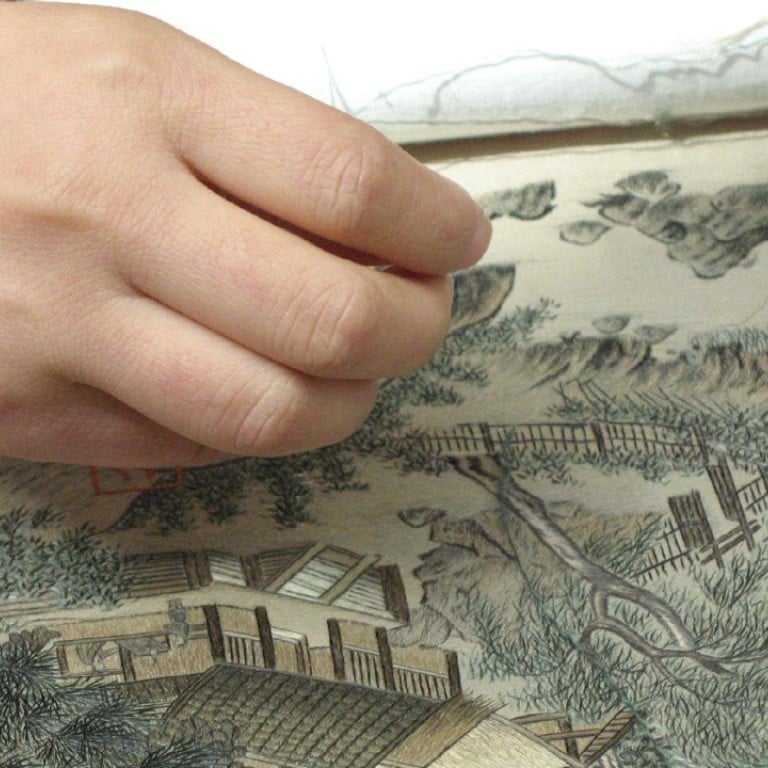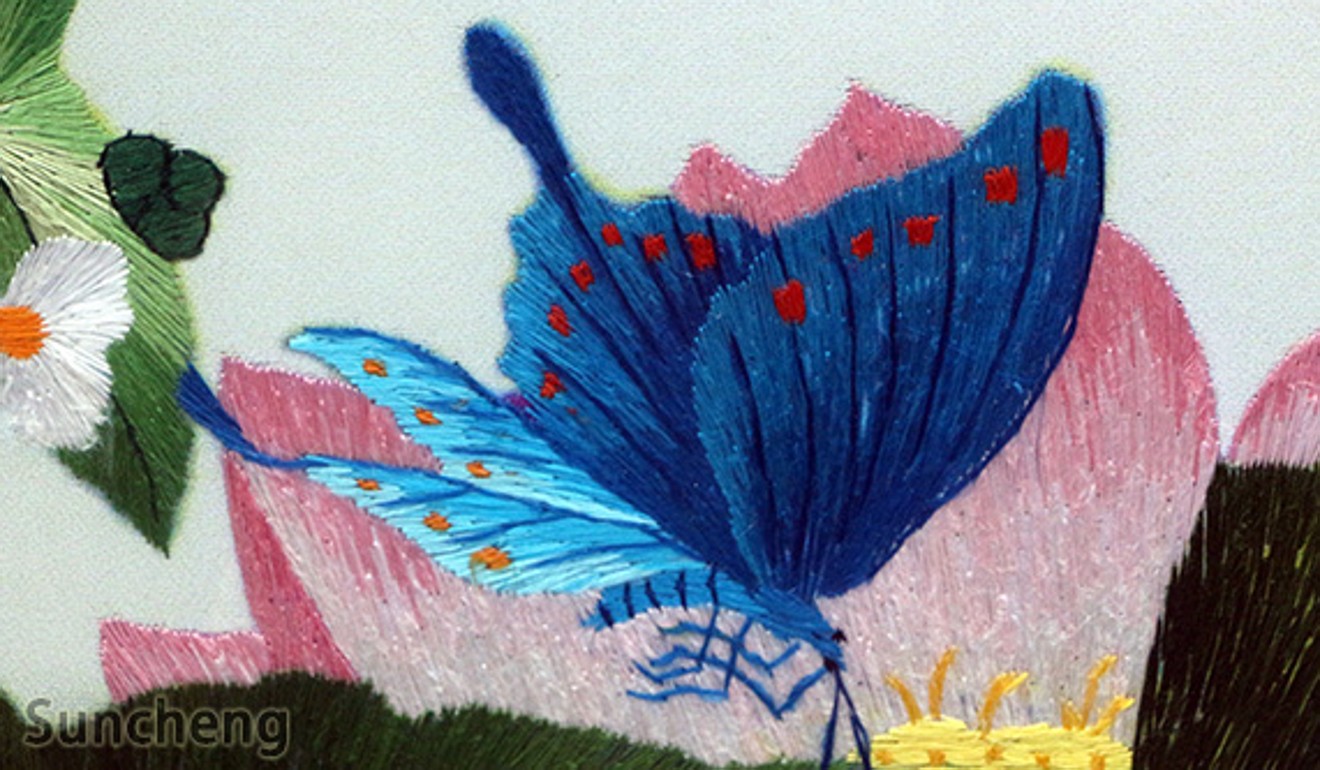
Between the seams: Chinese embroidery styles explained
Long regarded as a status symbol, the skill has mainly descended from four traditional schools
Chinese silk embroidery has been a staple of national culture and tradition for thousands of years, with pieces being found from as early as the Zhou dynasty (1046 to 256BC). Its unusual durability generally comes down to its intricate beauty, and the gradual marriage of needlework and modern art. Originally, embroidery was used as decoration and not a form of trade. The ancient Chinese associated the intricacy and delicacy of the silk patterns with femininity, and for this reason the original embroiderers were all homebound women. Ancient pieces that survive to this day are emblems of the immense skill of these first embroiderers.
Hong Kong family keeps Ming tradition alive after 400 years in embroidery business
Up until the Ming dynasty (1368-1644), embroidery was a status symbol and a luxury of only the upper echelons of Chinese society. However, the new dynasty saw the art expand to a broader array of social classes, bringing fame to many professional embroiderers and launching the beginning of family-owned businesses like Gu Embroidery. It was not until the Qing dynasty (1644-1911) that the nation’s opening to foreign influence brought new materials and themes to the ancient practice and helped it evolve.
Aside from the unique and often mythical designs of the various ethnic tribes, there are four main schools of traditional Chinese embroidery.
Su
Jiangsu province-born Su Xiu, or the Su school of embroidery, is the most well known. Famous for its intricate patterns, vibrant colours and meticulous stitchwork, it often focuses on pictorial depictions of scenery and animals and is the predecessor to modern-day Chinese painting style embroidering. The style originated in the city of Suzhou, in Jiangsu province, where early artisans mastered the intricate art of double-sided embroidering.

Shu
Sichuanese Shu Xiu is the oldest style of embroidery. These embroiderers focus on balanced and harmonious stitchwork, even and delicate colouration and the preservation of the local flavour in their products. The Shu style is most commonly seen in the ornamentation of pillow cases or blanket covers.

Xiang
The Xiang school of embroidery originated from Hunan province. It places emphasis on juxtaposing light and dark to highlight textured patterns and evoke a sense of three-dimensionality; accordingly, it bears a distinctive tendency to be starkly white, grey and black in colouration. Many Xiang-style pieces present realistic depictions of landscapes and lifelike animals.

Yue
Yue Xiu is the Guangdong school of Chinese embroidery. This school draws on primary colours, and the juxtaposition of shadow and light — an artistic theme that is reminiscent of southern China’s longer lasting relationship with the West. Yue Xiu focuses on the use of detailed but symmetrical patterns, intricate needlework and a defined weave.

